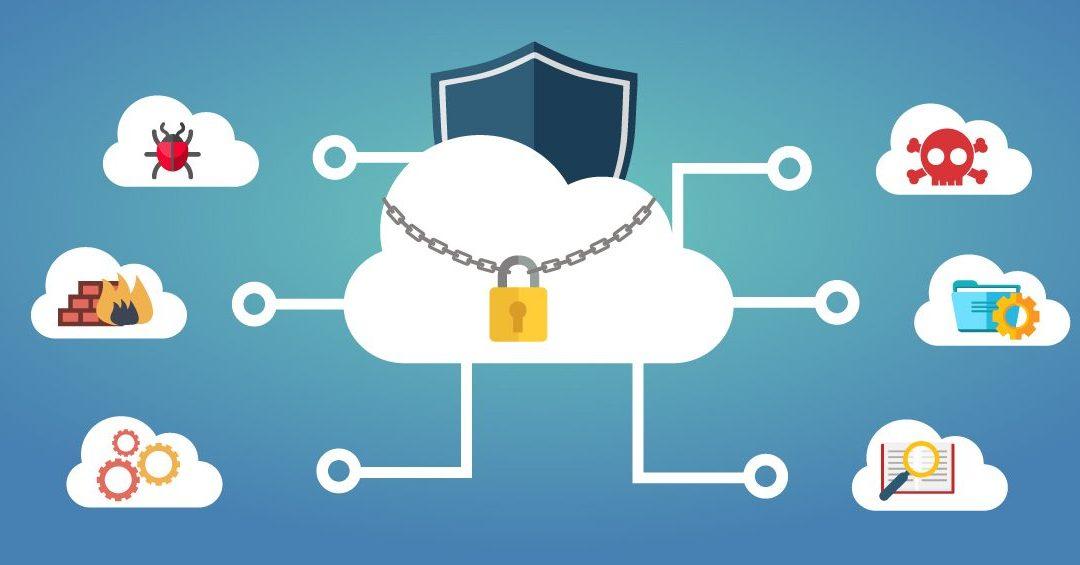Organizations continue to adopt cloud-based services without becoming fully aware of the risks of cloud migration. There are many challenges to consider when moving data to the cloud. Cloud native architectures are exposed to the same threats as traditional data centers. The difference lies in the mitigation strategy implemented; the liability for mitigating risks in cloud environments, is shared between cloud service providers and cloud consumers.
We will walk you through the top risks and threats that organizations face when migrating their assets to a cloud-based service. It is important to understand that the list of threats involved when moving to the cloud is constantly increasing. Therefore, the list shared in this blogpost is by no means complete.
Here are the Top 5 Threats of Cloud Migration:
1. Exploitation of APIs
Application Programming interfaces (APIs) are usually exposed by cloud service providers to those users managing cloud environments. APIs hold the same software vulnerabilities as an application programming interface for any other system. Adversaries can easily access to APIs through the IoT, exploiting organization assets and attacking other cloud service providers.
2. Less Visibility and Control
The evolution to cloud computing has changed the way organizations operate, reducing their visibility and control over data. The shift to cloud-based services is giving cloud service providers the job to manage and oversee everything cloud computing related. Therefore, organizations have to rely on the cloud service used while having less power over the assets and operations.
3. Deleting Data
Deleting data can generate threats due to the reduced visibility of data stored in the cloud. When users delete data, this same data is spread over a wide array of storage devices within the cloud environment. It can be hard for organizations to guarantee their data was securely deleted and that traces of this data are not accessible to attackers anymore.
4. Stolen Credentials
One of the most common threats when migrating data to the cloud is gaining access to the user’s cloud credentials. With cloud service providers managing the cloud, organizations have limited access to the cloud infrastructure. An attacker who has access to these credentials can easily access to the organization’s system and data, without administrators being aware of it.
5. Internal risks in the Cloud Service Providers
Organizations relying solely on cloud service providers managing their cloud infrastructure can also be a risk. Threat agencies will increase as cloud service providers have a higher dependence on third parties to operate or maintain cloud-based services. Third parties might not support the requirements needed in cloud data centers.
What’s next?
It is important to understand that securing your cloud should be a proactive rather than a reactive approach. Making sure you are implementing a tool to prevent threats from happening should be every organization’s number one priority. Successful cloud security depends on understanding and meeting all consumer responsibilities while utilizing the best software to prevent and mitigate threats.
In this blog post, we were able to identify five major threats of cloud migration. Even though there are many others, looking for the best approach to secure your data when moving to the cloud is the way to go.
(Learn more: ThreatModeler releases Cloud Edition for AWS)
How ThreatModeler can secure your data when moving to the cloud
ThreatModeler Cloud Edition helps organizations to automatically build threat models for cloud infrastructures, addressing potential threats of various AWS environments. Our out-of-the-box cloud security solution provides an understanding of organizations’ entire attack surface and empowers enterprises to manage their risks more effectively.
ThreatModeler Cloud Edition effortlessly integrates with each organization’s CICD pipeline allowing DevOps teams to build a secure cloud infrastructure. Learn more about how ThreatModeler™ can help your organization build a scalable threat modeling process, book a demo to speak to a ThreatModeler expert today.






